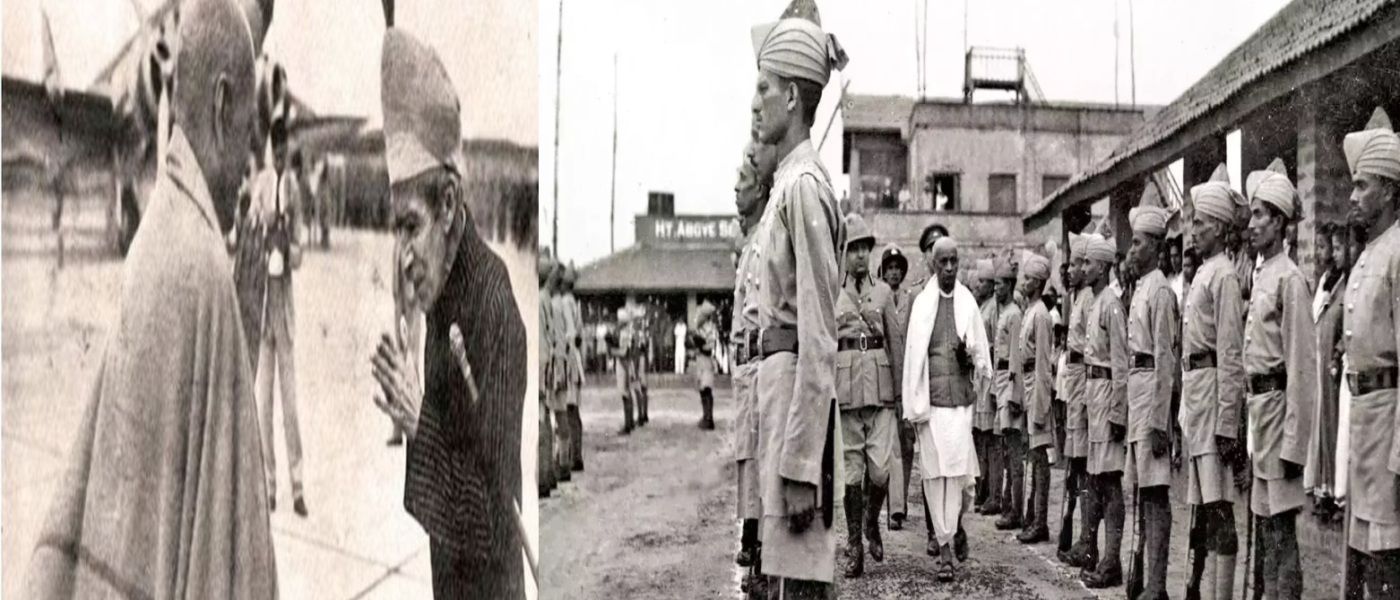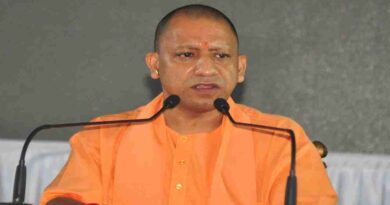Hyderabad’s Independence: The Story Of Sardar Patel’s Decisive Action | 5-Day Transformation
Hyderabad’s Independence: The Story of Sardar Patel’s Decisive Action | 5-Day Transformation.
Discover the intriguing tale of Hyderabad’s bid for independence and Sardar Patel’s swift action, transforming the region in just five days.
Learn about the political intricacies and military strategies that reshaped history. India gained independence from British rule on August 15, 1947, but that independence remained elusive.
While liberating the British, they had divided the country into two parts, but at the same time, they had also left 565 princely states in the lurch.
Taking advantage of British diplomacy, many princely states decided to remain alone and independent. However, the princely states were given forty days to merge with India.
Even after this, some princely states had to use the political diplomacy of the then Prime Minister Jawaharlal Nehru and Home Minister Sardar Vallabhbhai Patel for the merger.
Even after that, the three princely states were adamant that they were talking about creating a free and independent country.
Hyderabad’s Independence: Three princely states refused to merge.
These three princely states included Jammu and Kashmir, Junagadh, and Hyderabad. In such an adverse situation, the unity and integrity of the nation were under threat in every way.
After several efforts, Jammu and Kashmir merged with India on 26 October 1947 and Junagadh on 20 February 1948.
Even after this, the Nizam of Hyderabad State rejected the proposal to merge with India at any cost and announced to keep himself independent.
For independent India, Hyderabad’s insistence on being adamant was not at all right socially, politically, and religiously.
What is the story of Hyderabad’s independence?
On June 3, 1947, Viceroy Mountbatten announced that the British would soon leave India.
The Nizam also announced on June 12 that after the end of British rule, the princely state of Hyderabad would become completely independent and he would be a completely independent ruler.
Even after long efforts, when no agreement could be reached on the merger of Hyderabad with India even after August 15, 1947.
At the behest of the then Governor General Lord Mountbatten, a standstill agreement was signed between the Government of India and the Nizam in November 1947.
In this agreement, it was decided that the arrangement for mutual relations with Hyderabad till August 15, 1947, would remain in place.
Under this agreement, the Nizam was to form a representative government in Hyderabad.
In this, the Government of India and the Princely State of Hyderabad were to appoint their respective agents to each other.
For which on behalf of India, KM Munshi and Nizam of Hyderabad appointed Laik Ali as the new Prime Minister in November.
Nizam violated the treaty.
However, during that time the Nizam violated this treaty and gave a loan of crores of rupees to Pakistan.
He also appointed one of his public relations officers in Pakistan without informing India. Along with this, they also started trying to buy weapons from abroad.
Now Hyderabad was becoming a threat to the unity and integrity of India. Through the Razakars, disturbances were being created on the borders and trains were being looted.
Seeing all these things, people started protesting and demanding a responsible government in the state.
However, after this, the Nizam government jailed thousands of people who protested and banned the Congress organization.
The situation worsened after May 1948.
After this, the situation in the country started going out of control, and on May 22, 1948, Razakars attacked a train at Gangapur station near Hyderabad.
Seeing the seriousness of the situation, the Government of India issued a ‘White Paper’ on the situation in Hyderabad on July 26, 1948.
Sardar Patel considered action in Hyderabad mandatory.
At this time, India started to understand that Hyderabad needed to merge with India under any circumstances.
Sardar Patel said in the Constituent Assembly that it has become necessary to take action to merge Hyderabad with India.
However, the then Indian Army Chief of Staff, General Francis Robert Butcher, opposed any attack on Hyderabad.
He feared that in return Pakistan might launch air strikes on Ahmedabad and Bombay, but Sardar Patel remained firm on his decision.
Hyderabad is described as ‘India’s stomach cancer.’
Sardar Patel had called Hyderabad ‘cancer in the stomach of India’ and called for police action to maintain peace and security in the state.
However, due to political uncertainty during that period, Patel had to postpone action on Hyderabad twice, but the third time he was determined.
Attack on Hyderabad from three directions.
The operation was planned very carefully, and the Indian Army had superior firepower and technology compared to Nizam’s army.
The Indian Army was also supported by the local population, who were eager to see the end of Nizam’s rule.
The forces of Nizam Osman Ali Khan Asafzah VII were no match for the Indian forces and offered little resistance.
Sardar Patel announced that at 4 am on September 13, 1948, the Indian Army had launched the Hyderabad Campaign under the leadership of Major General JN Chaudhary.
Within just five days, at 5 pm on September 17, 1948, Nizam Osman Ali announced a ceasefire on the radio and a ban on the Razakars. With this, India’s police action in Hyderabad ended.
Surrendered on 17 September.
At 4 pm on 17 September, Major General L. Idrus, the army chief of the princely state of Hyderabad, surrendered with his troops to Indian Major General J. N. Chaudhary.




